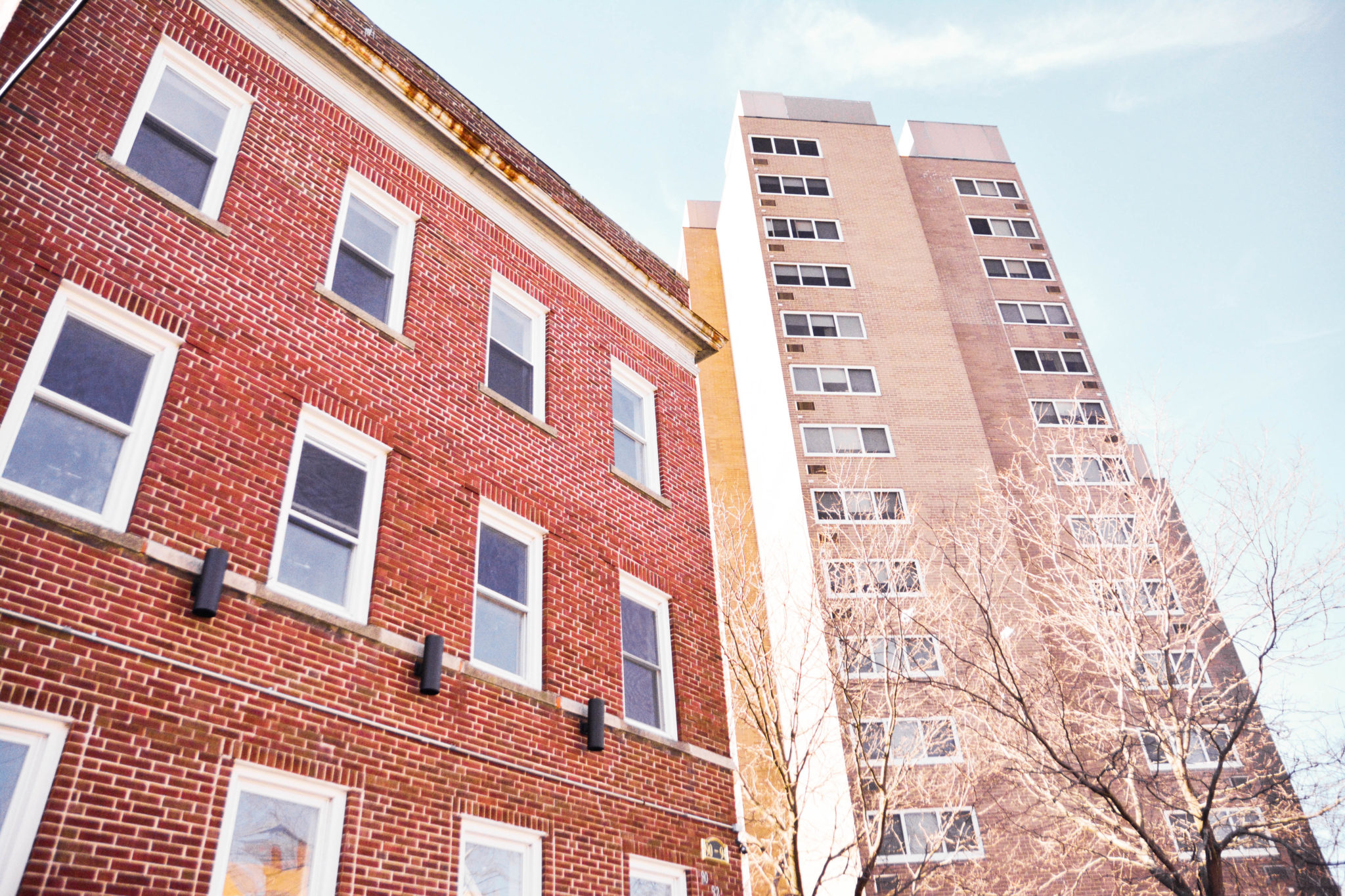
Last week, 10 months after the Board of Alders convened the Affordable Housing Task Force, members published their final report and recommendations on the Elm City’s affordable housing crisis. On Thursday, the task force met for the last time to vote on the recommendations and sent them up to the full Board of Alders for review and further action.
Six members of the seven-member task force gathered for a sparsely attended, almost ceremonial meeting at City Hall to read out the Executive Summary of the Affordable Housing Report and Recommendations — a 21-page report on the state of affordable housing in the Elm City. The report’s recommendations — which were released to the public Jan. 18 after months of often contentious discussion — fall under six umbrella categories and could potentially be far reaching in effect. Among other action items, the report calls for reevaluating the city’s archaic and behemoth zoning laws, as well as creating a permanent city commission on the issue.
“[Initially] I thought it was an error to create this task force without residents [as members],” said Karen DuBois-Walton ’89, one of the task force’s leading members and president of New Haven’s housing authority. “[Community] participation and voices made up the gap … but the work is just beginning.”
The task force was first convened following the conversion of the Duncan Hotel earlier this year, which displaced 19 low-income individuals in the Elm City.
The commission’s final report — which was first presented in a public hearing Jan. 9 — comes as the federal government’s shutdown has extended to historic lengths, putting federal employees in the city at risk of eviction without a source of income. DuBois-Walton mentioned the significance, resolution aside, of appealing to officials at the congressional level to end the shutdown and its impact on housing security in the Elm City.
The 21-page report urges the Board of Alders and other relevant governmental and nongovernmental authorities — including the mayor’s office, the state government and local advocates — to take legislative and nonlegislative action. Recommendations are structured around six major points: continued action on the creation and preservation of affordable housing, a wide spectrum of affordable housing options, more effective zoning laws, regionally integrating affordable housing, improving existing affordable housing and improving access to affordable housing.
According to DuBois-Walton, of the 12 percent of housing units that are subsidized in south-central Connecticut, New Haven, Meriden, West Haven, Hamden and East Haven — which have the highest population density of people of color in the state — provide the highest levels of affordable housing.
DuBois-Walton has argued that the locations of affordable housing units economically and racially segregate people, pushing them to areas with more available affordable housing. In the task force’s October meeting, she criticized neighboring towns — particularly Cheshire, Milford, Branford and North Haven — that have recently lagged in affordable housing subsidies.
DuBois-Walton said that New Haven Mayor Toni Harp would be able to encourage other regional towns and cities to improve their affordable housing programs and initiatives, because of her own membership on the council’s executive committee. New Haven is also the largest of the municipalities on the council and, as such, has the ability to lead by example. New Haven’s commitment to affordable housing would likely mean a stronger platform to negotiate similar attempts at addressing the issue in other member towns and cities.
“The Southcentral Regional Council of Governments is an interdependent group that needs things from each other,” DuBois-Walton said. “It’s about striking deals and negotiating between the councils.”
DuBois-Walton recommended that concerned citizens voice their concerns to both the state government and the local governments involved.
Improved and aged zoning laws have also proved an impediment for affordable housing in New Haven. Current laws restrict building residencies on lots of land deemed too small. At Thursday’s meeting, Edward Mattison LAW ’68, city plan commissioner and a member of the task force, noted that the zoning laws have not been thoroughly updated since the 1960s.
“One of our major areas is to ask that the zoning code be looked at,” Mattison said. “While we have done a fair amount of work to get inclusionary zoning, we need to make that more permanent and more formal. We need to have a process to figure out what we should be doing.”
Attendees and members alike stressed the importance of following up on the task force’s resolutions as they move through various channels.
Ward 8 Alder Aaron Greenberg GRD ’18, a nonvoting facilitator of the task force, acknowledged that some work would fall upon the alders, but also that future advocacy and community engagement should become increasingly directed at relevant agencies.
“Some of the recommendations can, should and will be carried by the Board of Alders,” Greenberg said. “Pay attention not just to the specific recommendations, but to who’s actually responsible for carrying them out.”
Both Ward 1 Alder Hacibey Catalbasoglu ’19 and Ward 7 Alder Abby Roth ’90 LAW ’94, who did not serve on the task force but were present for Thursday’s vote, echoed Greenberg’s sentiment and expressed satisfaction with the passed resolution.
The New Haven Affordable Housing Task Force will not continue convening after Thursday’s meeting.
Nick Tabio | nick.tabio@yale.edu .
Angela Xiao | angela.xiao@yale.edu .







